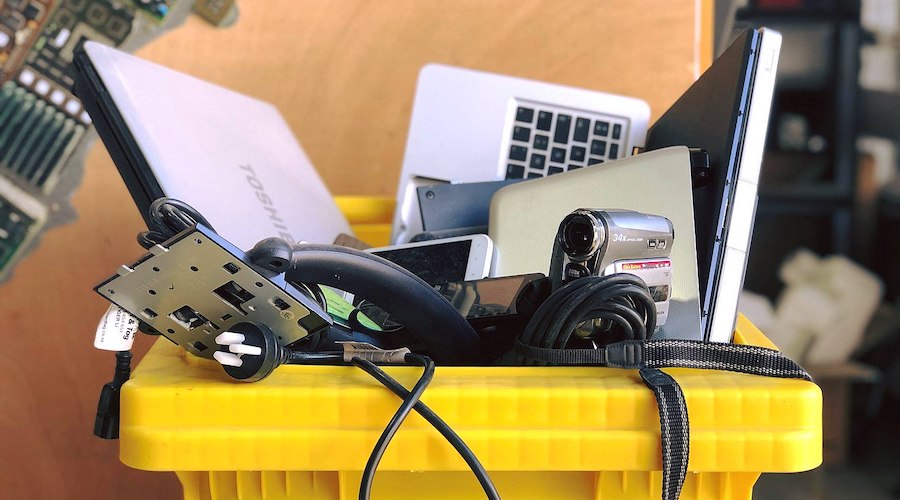
To develop this new technique, the researchers negatively charged the hairy layers of the nanoparticles in order to attract and bind with the positively charged neodymium ions, resulting in particle aggregation into larger pieces that can then be effectively recycled and reused.
“The process is effective in its removal capacity, selectivity and in its speed,” Amir Sheikhi, lead author of the study, said in a media statement. “It can separate neodymium in seconds by selectively removing the element from some of the tested impurities.”
According to Sheikhi, current rare earth element recycling processes are harsh on the environment because they often use highly acidic conditions to extract the elements in chemical reactions.
Sheikhi’s process, on the other hand, is environmentally friendly because it uses cellulose, which is an inexpensive renewable resource.
“Using cellulose as the main agent is a sustainable, cost-effective, clean solution,” Sheikhi said. “Using this process, the United States will be able to compete with other giants like China to recover rare earth materials and independently produce them.”
In addition to e-waste, rare earth elements like neodymium can be extracted from industrial wastewater, mining tails and permanent magnets that are no longer in use. Sheikhi hopes that, in the future, the cellulose-based adsorption process can be applied to those sources as well.
“This contribution to rare earth recycling will have a strategic and economically-viable impact on several industries,” Sheikhi said. “The more neodymium we recycle, the more we can manufacture electric and hybrid vehicles and wind turbines, leading to less strain on the environment.”




